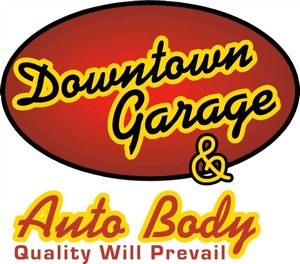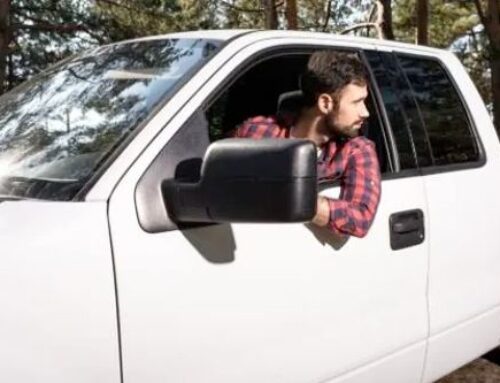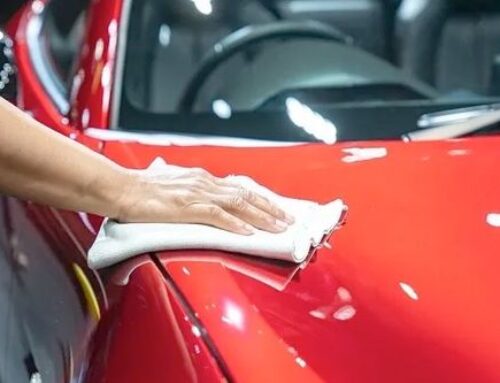After an accident, a dent is somewhat expected. However, when you park your car and head inside the grocery store, you don’t expect to come out and discover a dent in your car. If you’re not parking carefully, you could face a similar scenario. Learn what simple steps you can take to lower the risk of parking lot damage.
1. Avoid Convenience
Your days can be long and tiresome, so parking as close to the door as possible is often the goal. But if you want to protect your car, a close parking spot isn’t the safest bet. The closer to the entrance your vehicle is parked, the more traffic in the area.
Whether it’s other customers walking their carts back to the store or someone with a purse squeezing by your car, you’re more likely to get a scratch or dent. The section in the back of the lot where no one likes to park is safer.
As an added tip, avoid parking near the cart return area. Careless customers sometimes fail to secure the basket inside the holding area, which could send a cart slamming into your car.
2. Examine the Car’s Appearance
You’re often told not to judge a book by its cover, but in terms of a car, how a person’s car looks says a lot about how much they care. If you find a spot next to a vehicle with more scratches and dents on it than you can even begin to count, you should look for another place to park.
While it may not be fact, the condition of this person’s car could mean that they will care very little about hitting your car and causing damage.
3. Check for Car Seats
Look at the backseat of the car you park next to see if there is a car seat inside. If the car seat is on the side nearest your car and there is limited clearance between the two vehicles, the risk of a dent only elevates.
To securely fasten the child in the seat, the parent will need plenty of room to move around, which typically means they will need to extend the door fully. Full extension of the door in a small area means the other door will tap or press into your car, leaving behind a scratch or a dent. Try to park on the side of the vehicle that is opposite the side of the car seat if you can.
4. Consider the Height of the Car
Door edge guard strips are great for preventing dents on your vehicle. However, they are not effective in every scenario. If you have these guards installed on your car, always assess the height of the vehicle you’re parking beside. If the car is shorter than yours or the same height, the guards should work as intended.
But if the vehicle is considerably taller than yours, such as a lifted truck, you may run into problems. Door guards typically only extend about midway up the door, but the bottom of a door on a taller vehicle could hit higher on your car and still cause damage.
Use your best judgment in this situation. If you don’t feel comfortable with the amount of space between the two vehicles, find another spot.
Follow these tips to protect your car. However, in the event of a dent, get repairs right away. Ignoring even a small dent opens the door to even more damage, like rust (if the dent has penetrated your car’s painted surface). At Downtown Garage & Auto Body, our team is equipped to handle your dent repair needs. Contact us to learn how.





